5 Critical Factors to Consider When Choosing a Data Warehouse Solution
Dataversity
SEPTEMBER 24, 2021
We have seen an unprecedented increase in modern data warehouse solutions among enterprises in recent years. Experts believe that this trend will continue: The global data warehousing market is projected to reach $51.18 The reason is pretty obvious – businesses want to leverage the power of data […].



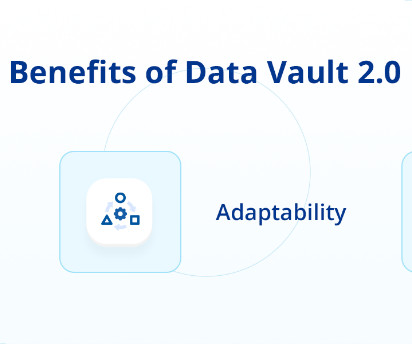
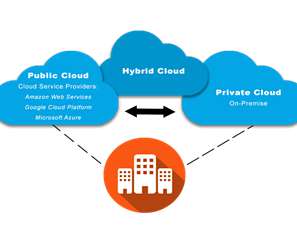
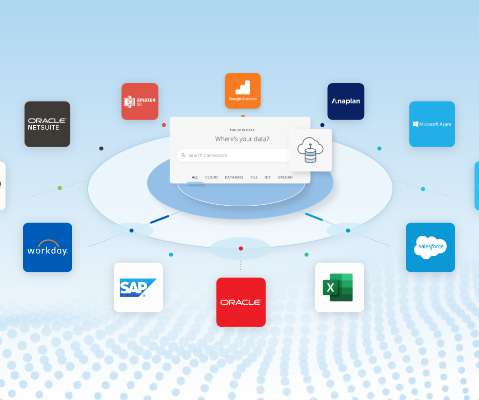

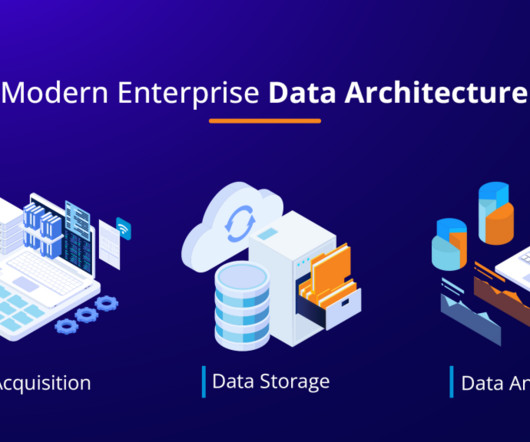
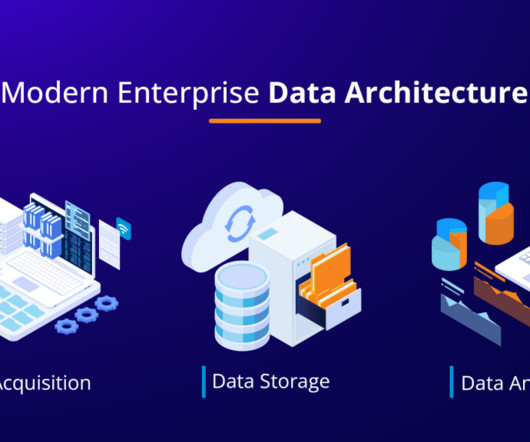

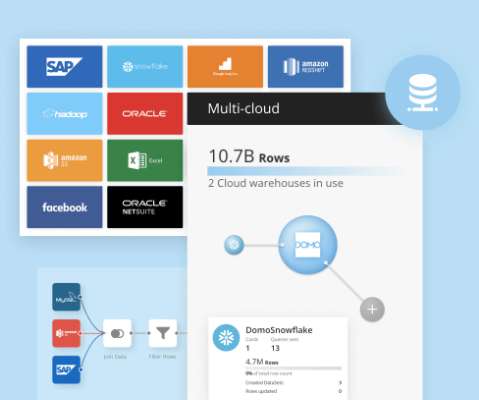
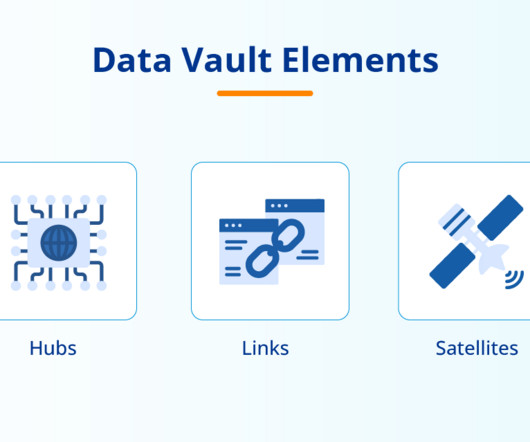






Let's personalize your content